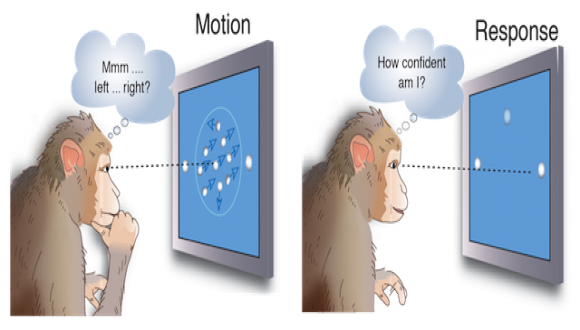Michael N Shadlen - The neurobiology of perceptual and value based decisions: A memorable connection
The School of Psychological Sciences and the Sagol School of Neuroscience Seminar
Monday, December 23 at 16:15
Naftali 527
The neurobiology of perceptual and value based decisions: A memorable connection
Michael N Shadlen
Howard Hughes Medical Research Institute, Zuckerman Mind Brain Behavior Institute and the Kavli Institute of Brain Science
Columbia University
We ought to make decisions by combining evidence with prior knowledge (e.g., base rates) and the anticipated value/cost of deciding correctly. If the evidence arrives sequentially, the decision may take time as we wait for the accumulated evidence to reach a criterion level, or for a sufficiently compelling sample (e.g., an extrema). Both strategies are examples of sequential sampling with optional stopping (SSwOS). It is surprisingly difficult to differentiate these strategies based on behavioral data, but I will supply two examples in which nonhuman primates use an accumulate-to-threshold strategy to make decisions. These examples, drawn from perception and reasoning, have helped to elucidate the neural mechanisms of decision making, including speed-accuracy relationships. I will suggest that they implicate the involvement of associative memory. This insight could help resolve a much larger mystery. Many decisions are supported by just a few samples of evidence, supplied at once. Yet these decisions also exhibit speed-accuracy regularities consistent with SSwOS. Value-based decisions, such as a preference between two familiar items, are exemplary. Such decisions take more time and the preferences are less consistent when the choice is between items of similar value. This speed-consistency relationship—analogous to speed-accuracy—is also explained by SSwOS. But what constitutes the samples of evidence? And why are they processed sequentially? In other words, where does the time go? I will describe recent findings (collaboration with Daphna Shohamy lab) that suggests the sequential samples are formed though a constructive process of valuation that draws on episodic (hippocampal) memory.
Brief Bio
Michael N Shadlen is an Investigator of the Howard Hughes Medical Research Institute and Professor of Neuroscience at Columbia University Medical School. He is a member of the Mortimer B. Zuckerman Mind Brain Behavior Institute and the Kavli Institute of Brain Science. Dr. Shadlen obtained his undergraduate and medical degrees at Brown University, his PhD at UC Berkeley with Ralph Freeman. He trained in clinical neurology at Stanford University, where he joined William T. Newsome’s lab, as a postdoctoral fellow. He then joined the Department of Physiology & Biophysics at the University of Washington, where he remained until 2012. His research focuses primarily on the neural mechanisms that underlie decision making. He is also a jazz guitarist. Honors include the Alden Spencer Prize, the Golden Brain, the Lashley Award and elections to the AAAS and National Academy of Medicine.
Research in the Shadlen lab aims to elucidate neural mechanisms that support normal cognitive operations involved in decision making: (i) inference from evidence, (ii) the tradeoff between decision speed and accuracy, (iii) the assignment of confidence in a decision, and (iv) the capacity to combine and weigh evidence of varying degrees of reliability. Our emerging understanding of these mechanisms provide a window on wider aspects of higher brain function, such as reasoning, planning, strategizing and vacillating. Shadlen believes that such mechanisms hold the secret to what makes a normal brain “not confused.” Moreover, these same mechanisms are likely to constitute important “failure modes” that underlie a variety of cognitive disorders—that is, the translation of a diverse array of etiologies to the expression of cognitive dysfunction. Thus, he expects that in the not too distant future we may manipulate and restore these basic mechanisms to treat brain disorders affecting a wide range of higher cognitive functions affecting personality, ideation, volition, awareness and decision making.


